August 19, 2021 | Today we meet Angela Borella, a diagnostician handling program management and sales at WearCheck USA/Lubrigard USA. With over 25 years in the predictive maintenance (PdM) field, she has continuously held ICML certification since first earning MLA II way back in June, 2002 (only our second year of operation!) in Eddyville, Iowa, USA. She added MLT I to her credentials the following summer and then stepped up to MLA III six years later. In her survey responses below, Angela touches on exam challenges, the joy of comradery, and “wind therapy.” You can read more about her at her LinkedIn page.
What education/career background led you into a lubrication career, and what prompted you to seek ICML certification?
I was offered a position at Hupp Electric Motors to collect vibration data because I was very familiar with the large corn milling plant and equipment due to my position with a previous employer. It started with on-the-job training with the opportunity to work beside many skilled craft including operations, millwrights, electricians, and the machinery lubrication technicians. I attended an Industrial Maintenance course at a local community college. I eventually gained vibration and tribology training and certification through Emerson Process Management/CSI (Computational Systems, Inc.) and that is how I began my career as a reliability technician using multiple PdM technologies: vibration, thermography, and on-site oil analysis.
After I moved to Allied Reliability, it became an ISO requirement from customer contracts to be certified in Machinery Lubrication and Analysis, and I wanted to challenge myself in becoming certified and recognized in all PdM technologies, so I took advantage of any training/exam that I could. I was a certified Level II in Tribology for the Reliability Professional in 2000 and Level 1 Vibration Analyst in 1998 with CSI.
Briefly recap the occasion of your first ICML certification exam in 2002.
In 2001 some of my earlier certifications were not recognized by ASTM, so I began another journey of certifications starting with ICML, Entek IRD and Snell Group. It was challenging to keep up with all the integrated technologies.
My first ICML certification exam in 2002 followed MLA II training with Drew Troyer in Cedar Rapids, IA. I was not successful in passing my first exam, but I did eventually gain certification on my next attempt later that year. I continued this effort to gain my MLT I certification in 2003. My first attempt at MLA III was in 2004, while attending a Noria conference in Nashville, TN. This exam was challenging for me; however, the persistence in experience and training paid off in 2009, and I had the opportunity to meet many of the experts in the lubrication field along the way.
What has motivated you to recertify consistently all these years?
In the last 26 years my world has revolved around machinery lubrication. The recertifications have helped in gaining trust from employers and customers that I remain qualified in the field of study.
How has ICML certification helped you the most?
ICML certification has helped me grow on a personal and professional level. At a personal level it has increased my credibility and confidence level. This certification did not come easy for me. I failed many MLA III exams. I found that I lacked certain training and experience to achieve this certification. It was necessary that I attend more training and gain further experience in this field before taking the exam again. Finally, I passed the exam! I am fortunate that I had employers that backed me up and provided the support and opportunities to achieve this certification. Professionally, the MLA/MLT certifications have opened doors to many opportunities in the lubrication field.
What is your favorite memory/experience of your lubrication journey?
My favorite memory/experience in my lubrication journey is working with some fantastic people in the past 26 years in this industry. If we have crossed paths, I appreciate our relationship, the comradery, and the experiences we have all shared. I can say 26 years ago I knew very little about lubrication. I began my journey in the predictive maintenance field and raised my hand to learn how to integrate oil analysis and lubrication management design with other PdM technologies. It was challenging, to say the least. However, when we learned to modify one asset at a time for best lubrication practice and contamination control, consolidated lubricants at customer locations, and assisted with proper lubrication storage and oil dispensing, I started seeing the improvement in our oil analysis program. I’ve witnessed the significant decrease in mechanical failures and the cost savings, and it made me a believer in what I do for a living. When I see normal oil conditions in the data, that’s when I know I’ve provided a service. Still on the lubrication journey and happy that you are all here with me.
Who has helped or encouraged you along the way?
My employers, managers, colleagues, and family. Where it all started, Bill Greever (Hupp) for hiring and believing in me. Lyle Kaut, (Cargill M&R Leader) for pushing our team to be certified. Allied Reliability managers and Matt Spurlock for all the opportunities in the lubrication field for 17 years. WearCheck (Jon Fazenbaker and John Greiner) for hiring me and allowing me to continue with my passion.
How was your WORK impacted by covid-19 restrictions IN 2020?
Business as usual. We, like everyone else, made changes and became very reliable with remote online communication in regard to sales, training and data analysis . Customers had more time to focus on lubrication projects and best practices.
How has lubrication technology (for application, sampling, or analysis) changed the most since you were first certified?
When I started in the lubrication field, sampling practice and contamination control were poor. Technicians relied on drain samples and drop tube samples and most equipment did not have adequate breathers or filtration. Technology and knowledge have advanced into equipment modification for best sampling and contamination control by component type. IoT has most definitely provided transparency and security for the health of the machinery in the field where manpower is limited.
What would you identify as your top tool or technology on the market today, and why?
Online training and certifications, online sensors, online monitors, online meetings. So much time and money have been saved just by having online technology. Travel expenses have reduced significantly, labor rates have reduced due to less PM’s using online monitors and sensors.
What remains the biggest challenge to the implementation and/or sustainability of successful lubrication programs?
I’ve always believed that the front line of defense for any equipment reliability starts with training and lubrication best practices. We have to educate the decision makers before they buy in.
Favorite town/region where you have worked
I started my career at a corn milling plant in Eddyville, Iowa, my home state, “America’s Heartland.” I have been working remote now for 11 years and have enjoyed visiting many customers around the country. Being from Iowa and working through many cold winters, I prefer living and working in the warmer climates, but I never forget where home is.
Hobbies, Interests, activities outside of work
I enjoy adventure rides on my motorcycle–wind therapy is a must! I like camping and exploring different national and state parks all over the country. I love to read, cook and spend time with family and friends.
other professional associations
SMRP, Snell
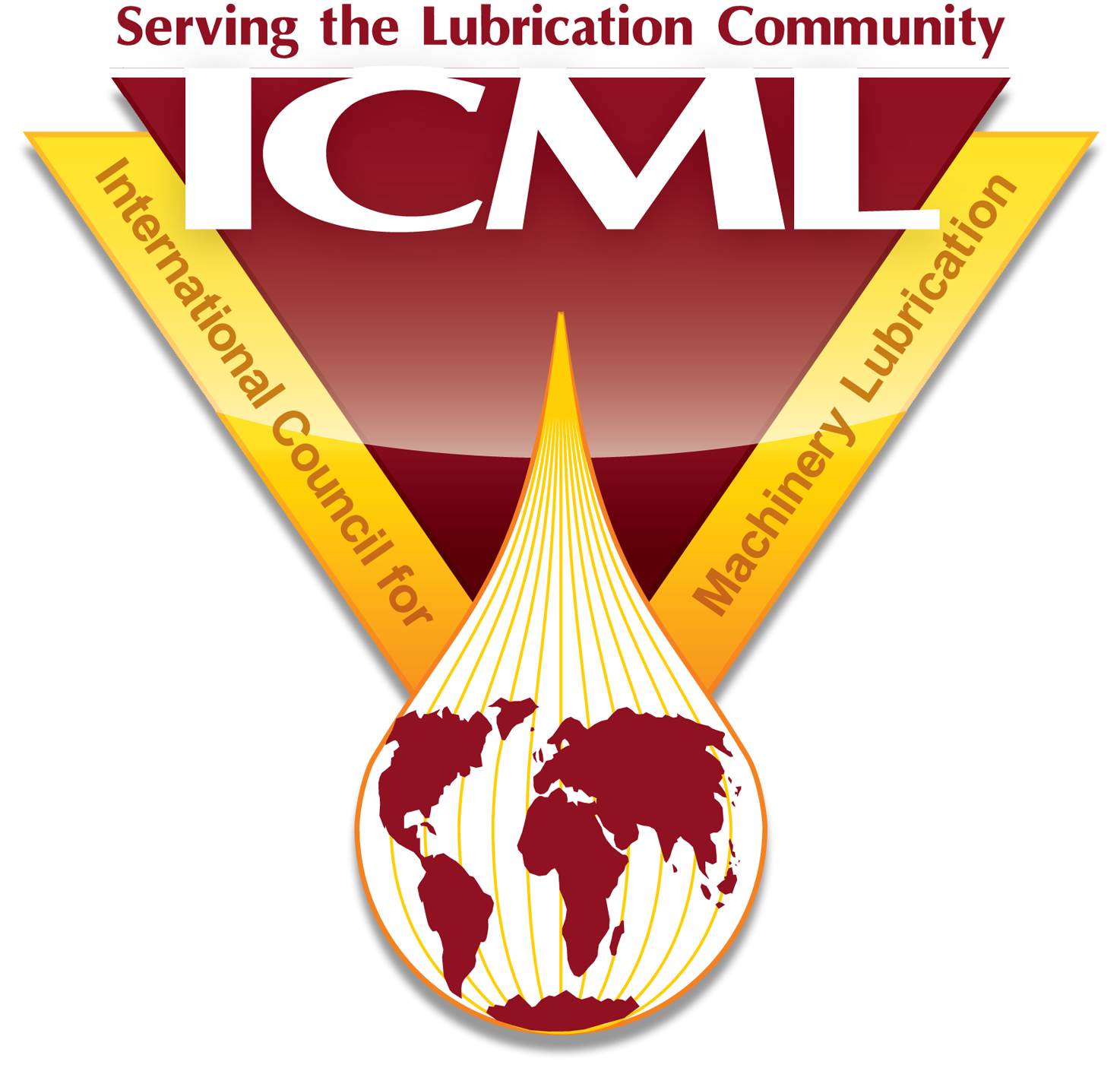
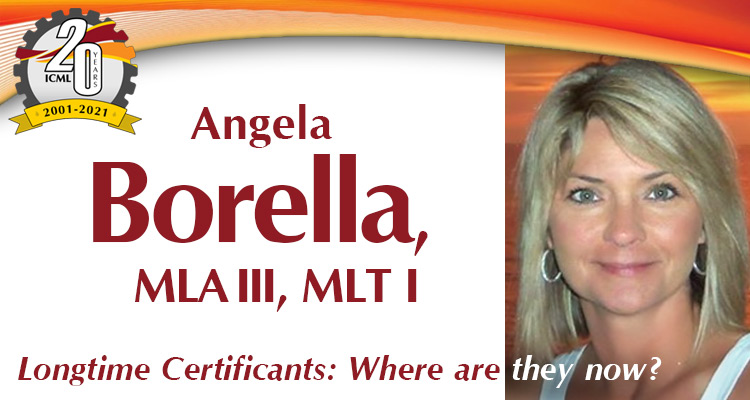
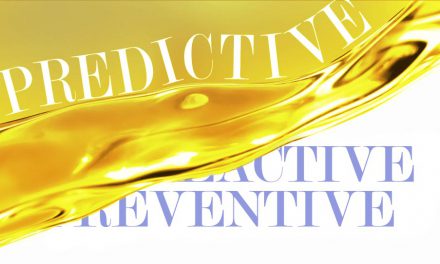
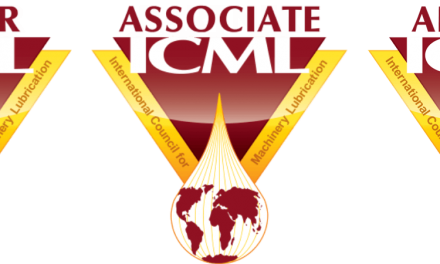

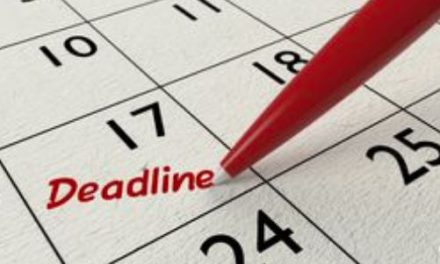


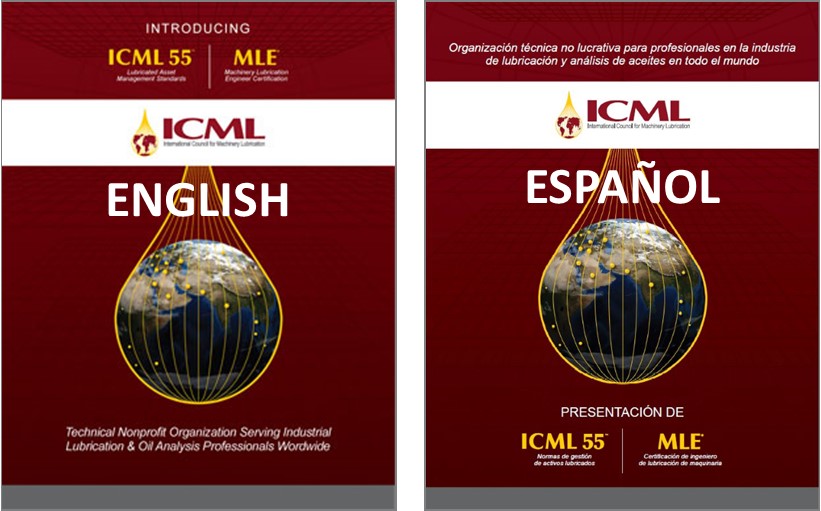
Wonderful articles published by Ms. Angela. God Almighty to pour blessing to her and family.